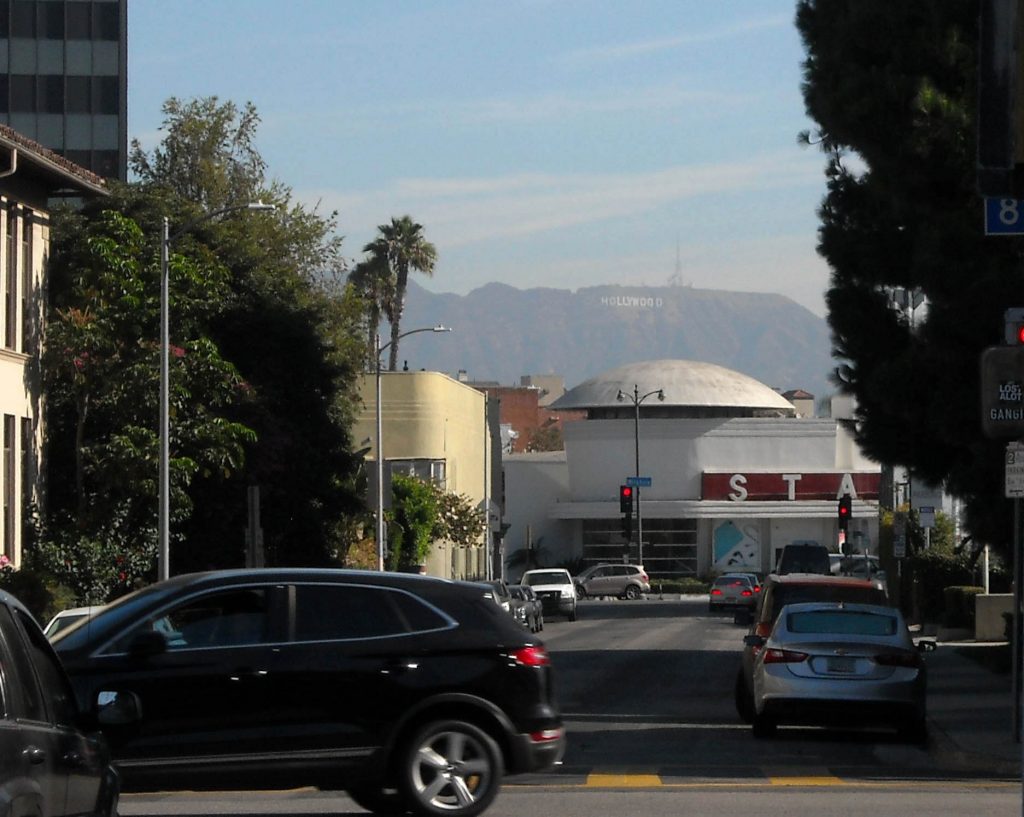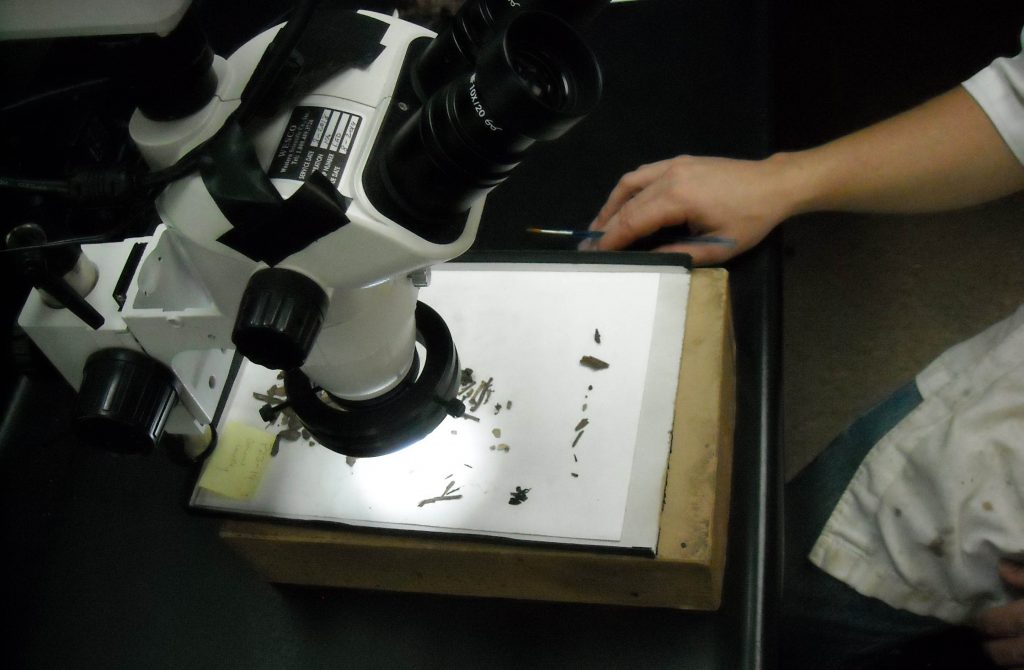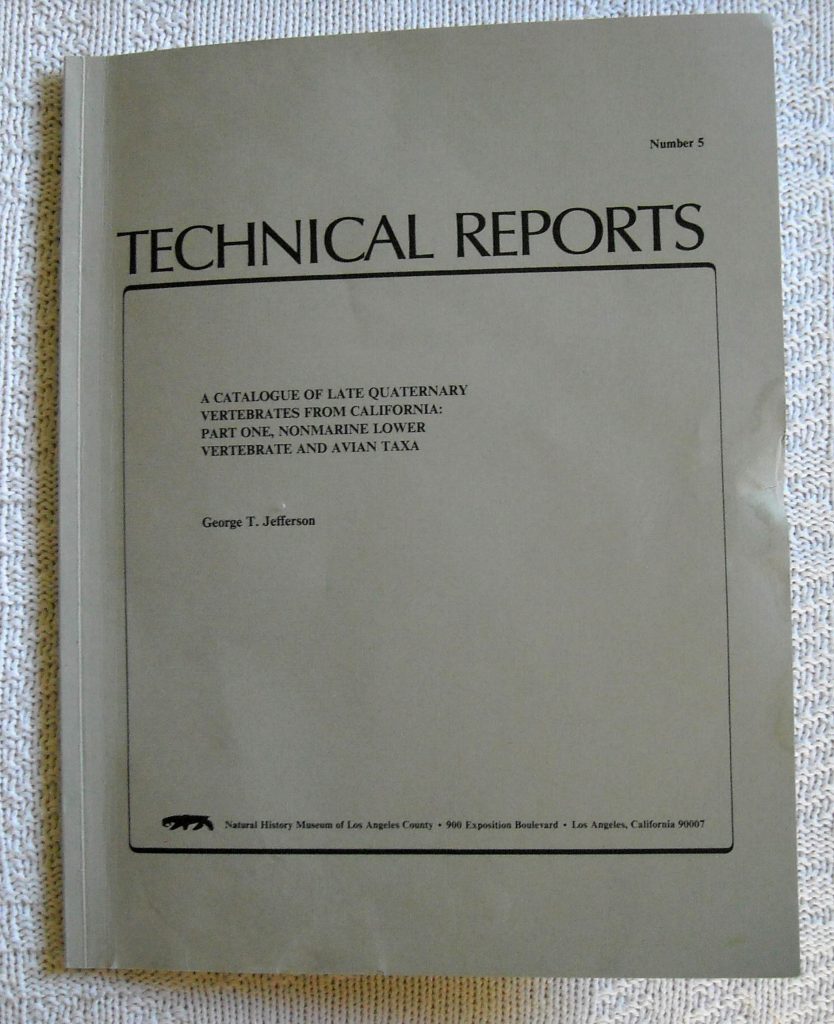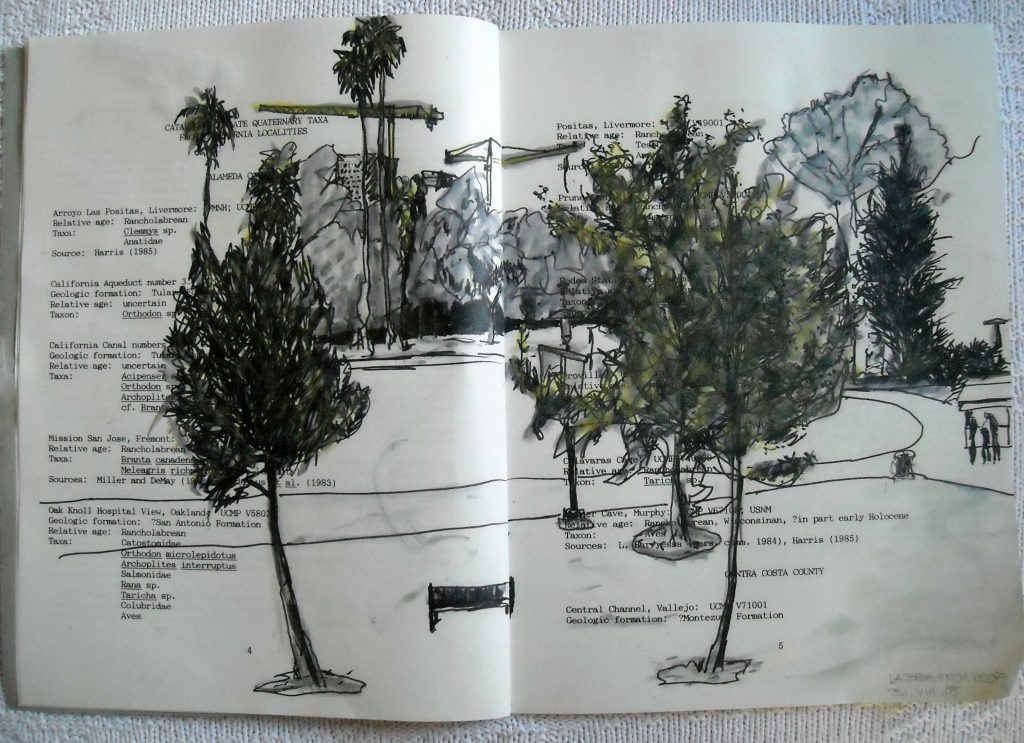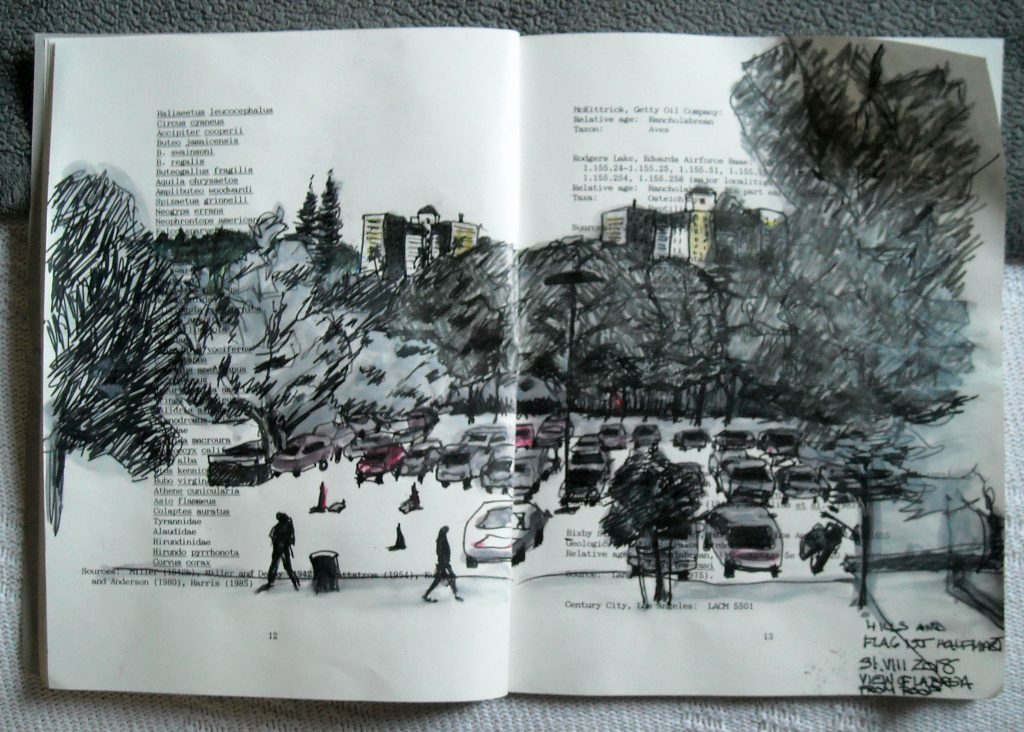This week is about cleaning and sorting: matrix from fossils, guesses from identifiers, non-microfossils from microfossils, bio-fuel from sediment, unexpected finds into new experiments, contaminants from useful data.
“The biggest picture we are trying to paint is of climate change over time – to see what happened in the past in order to help us to understand what is happening now.”
“At a time when libraries around the western world are in decline we are building a fossil library that will be here for generations to study.”
Preparator, “There are certain statistics you can run the more variance you have.”
Punter, “Let us know if you discover the significance of the 4000th juvenile saber tooth cat or dire wolf skull.”
“Sometimes you ask yourself, ‘What’s the point of these frags’?”
“Pit averaging timescales is something we do at La Brea that’s not done in scientific journals. They need to be more specific about what’s happening with data and when.”
